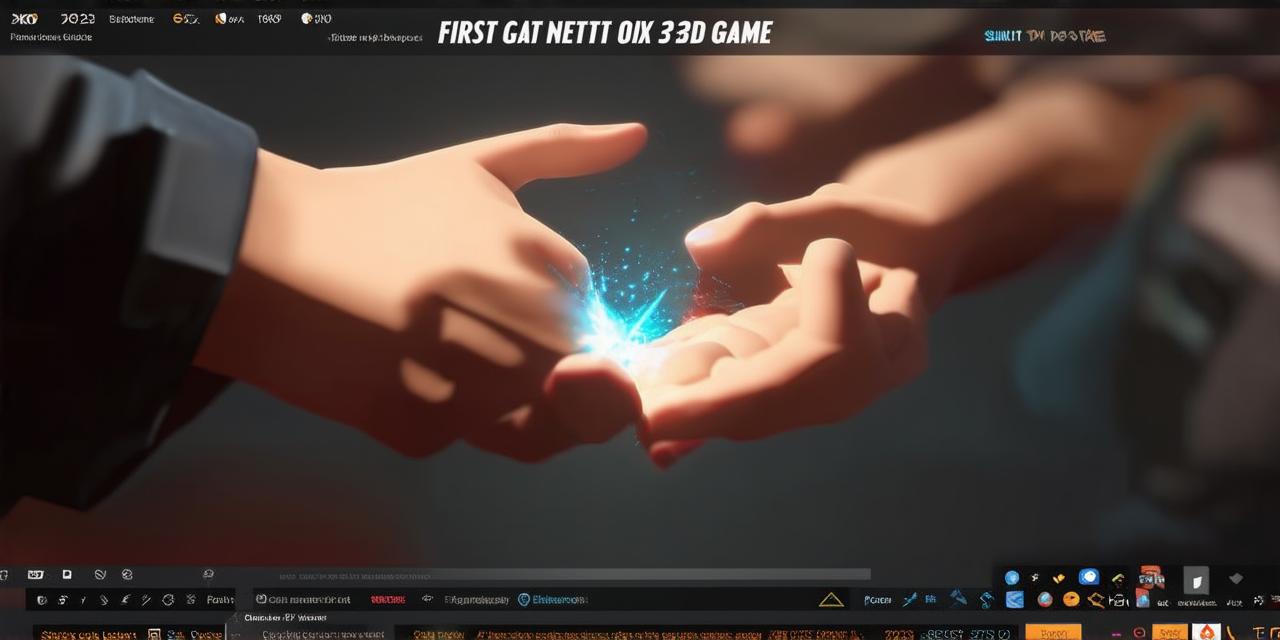If you are new to game development and want to create your first 3D game using the popular Unity engine, this guide is for you. In this article, we will walk you through the process of creating a simple 3D game from start to finish. We will also provide tips on how to optimize your game for performance and make it more engaging.
Why Choose Unity?
Unity is one of the most popular game engines in the world, used by both beginners and professionals. It’s easy to learn and use, and has a large community of developers who provide support and resources. Additionally, Unity supports both 2D and 3D game development, so you can create any type of game you want.
Getting Started with Unity
Before we dive into creating your first game, let’s cover the basics of getting started with Unity. First, you need to download and install the latest version of Unity from the official website. Once installed, open Unity and create a new project. You will be prompted to choose a template, which will give you a basic structure for your game. For beginners, we recommend starting with the “3D Object” template.
Creating 3D Models
The next step is to create your 3D models. Unity has built-in tools for creating and editing 3D models, or you can import models from other software such as Blender or Maya. To create a simple game, we recommend starting with basic shapes such as cubes, spheres, and cylinders. You can also add textures and materials to your models to make them more visually appealing.
Adding Animation

Once you have your 3D models, it’s time to add animation. Unity has a powerful animation system that allows you to create complex animations for your characters and objects. To get started, we recommend using the “Rigidbody” component to make your objects move and interact with the environment. You can also use the “Animator” component to create more complex animations such as walking, running, and jumping.
Adding Sound Effects and Music
To make your game more immersive, you need to add sound effects and music. Unity has a built-in audio system that allows you to add audio files to your game. You can also use plugins such as AudioMixer to create custom audio groups and manage your audio more effectively. For beginners, we recommend starting with simple sound effects such as footsteps and door sounds.
Adding Lighting and Cameras
To make your game look more realistic, you need to add lighting and cameras. Unity has a powerful lighting system that allows you to create complex lighting effects such as shadows and reflections. You can also use different types of cameras such as first-person and third-person cameras to create different perspectives for your game.
Optimizing Your Game for Performance
Now that you have all the basic elements of your game in place, it’s time to optimize it for performance. One of the most important factors in game performance is frame rate. To improve frame rate, we recommend reducing the number of draw calls and using LOD (Level of Detail) to reduce the amount of data that needs to be processed by the engine. You can also use plugins such as Occlusion Culling to optimize your game further.
Making Your Game More Engaging
Finally, to make your game more engaging, you need to add interactivity and replayability. One way to do this is to create a scoring system that rewards players for completing certain tasks or achieving high scores. You can also add power-ups and other items that players can collect to give them an advantage in the game. Additionally, consider adding multiple levels or game modes to keep players engaged and coming back for more.
FAQs
Q: What software do I need to create a 3D game in Unity?
A: You need to have a computer with at least 4GB of RAM and a graphics card that supports DirectX 10 or higher to run Unity. You can also use other 3D modeling software such as Blender or Maya to create your 3D models before importing them into Unity.
